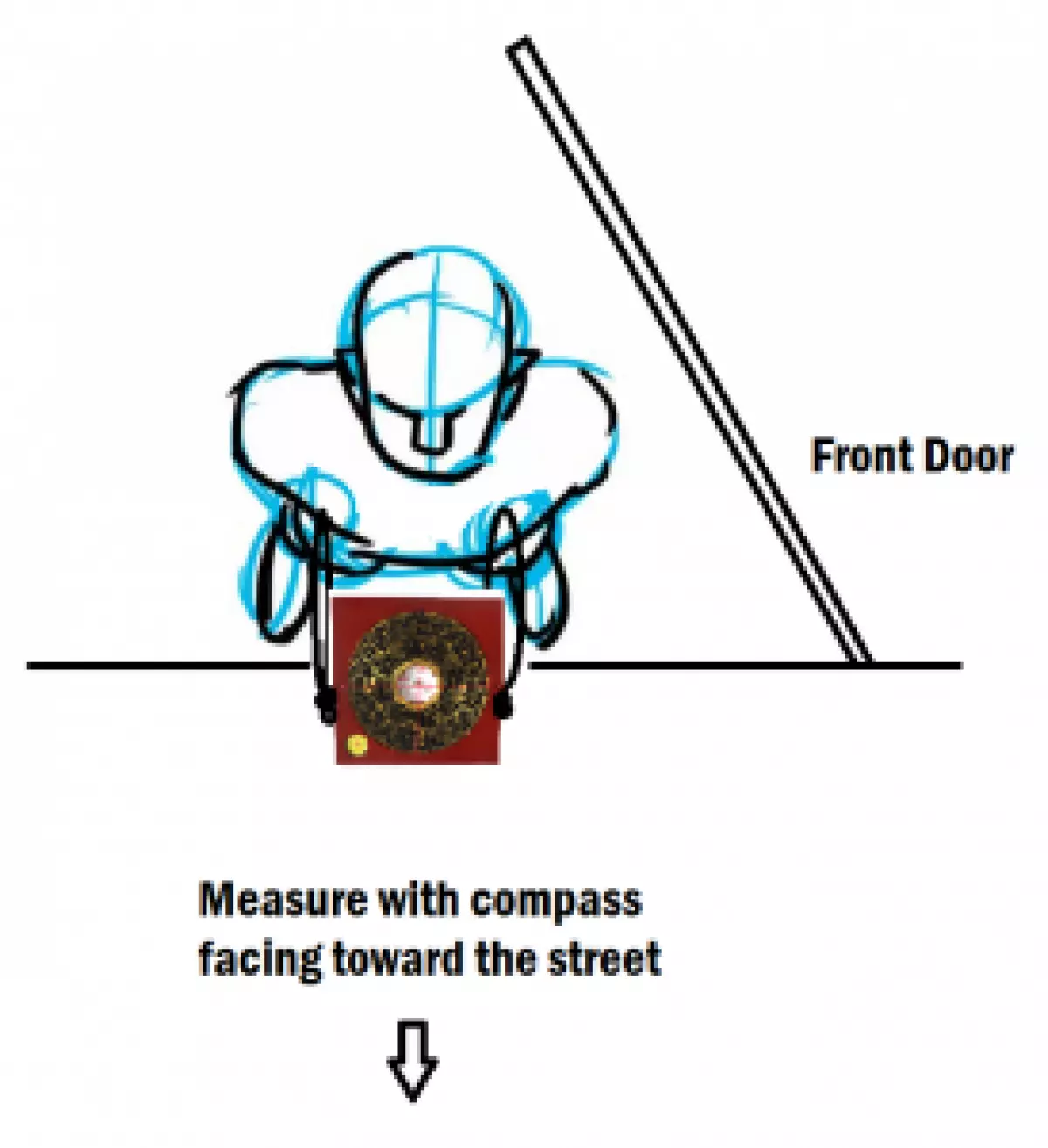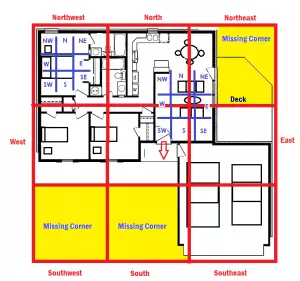Have you ever wondered how the directions align with your house in feng shui? Understanding this relationship is crucial in creating a harmonious and balanced living space. In this article, we will delve into the process of diagramming your home's floor plan, determining the directions, and assigning the corners. By following these steps, you can enhance the energy flow and create a positive atmosphere in your home.
Create Your Floor Plan
The first step is to obtain a floor plan of your home. In some cases, newer homes come with a floor plan, or you can find it in your closing papers. If you live in a condo or apartment, the association may have the floor plans available. However, if you don't have access to a floor plan, you can easily draw one yourself. Although it may seem like a simple task, it is of utmost importance. Surprisingly, many people discover that what they assumed was the north corner was actually the northwest or northeast. Drawing an accurate floor plan ensures accurate feng shui analysis.
How to Diagram Your House
Using graph paper, measure and mark off the outline or "footprint" of your house. Each square on the graph paper represents two feet of space. Measure the interior or exterior walls to create an accurate drawing. Remember, the quality of your drawing directly impacts the precision of your feng shui analysis. Once you have your drawing, be sure to indicate the locations of essential elements, including the front door, large picture windows, doors, toilets, closets, kitchen appliances, beds, vacant spaces, dining areas, work/study areas, entrance walkways, large trees, and direction of water flow when looking out of the house towards the street. These details will assist in understanding the energy flow within your home.
How to Take Compass Readings
To determine the directions of your space, you will need a compass. Using an inexpensive camping compass is sufficient and more accurate than relying on your smartphone's compass. Avoid wearing metal jewelry or having metal objects near the compass, as they can interfere with the reading. To take a compass reading, stand in front of your door, facing outward as if welcoming a guest. Hold the compass level and open the door. Write down the degree reading without trying to locate true north. Instead, we are interested in finding the direction from which the energy enters your home. Keep in mind that various factors within the construction of your home can influence these directions.
 Caption: Take an accurate compass reading to determine the direction of your space.
Caption: Take an accurate compass reading to determine the direction of your space.
Apply the Lo Shu Square
Similar to the feng shui bagua, the lo shu square helps visualize the energetic sectors of your home. Draw a square around your house and divide it into nine equal sectors. Make sure to include any missing sectors if your house has an L-shape or attached garage. Covered porches should be considered if they share the same roof as the house. However, exclude decks and patios that are not covered. Understanding the lo shu square allows for a comprehensive assessment of the energy distribution in your home.
 Caption: Create a lo shu square to identify different sectors of your home.
Caption: Create a lo shu square to identify different sectors of your home.
Apply the Directions to the Rest of the House
Once you determine the facing direction of your home, whether east, south, or northwest, you can apply the corresponding directions to the rest of the sectors. By referring to the diagram, you can align each room's orientation with the overall direction of the house. For example, if your home faces southwest, you can use the same directions to determine the orientation of each room. This information becomes especially valuable when activating specific sectors to enhance the energy flow. It is particularly beneficial for homes with missing corners or irregular shapes, like L-shaped houses.
 Caption: Assign directions to each room based on the orientation of the house.
Caption: Assign directions to each room based on the orientation of the house.
Consider Other Floors
If your home has multiple stories or a basement, you should diagram each floor in the same way. However, keep in mind that the relationship between each floor and the main floor is essential. If your second story differs from the first story, certain sectors may be missing. Taking the time to accurately represent the relationship between floors ensures a comprehensive understanding of your home's feng shui.
In conclusion, creating a detailed floor plan and understanding the directions in feng shui are essential steps towards achieving a balanced and harmonious living space. By following these guidelines, you can tap into the positive energy flow and create an environment that promotes well-being and prosperity. Take the time to explore the unique relationship between your home's layout and the directions to unlock the full potential of feng shui.

















